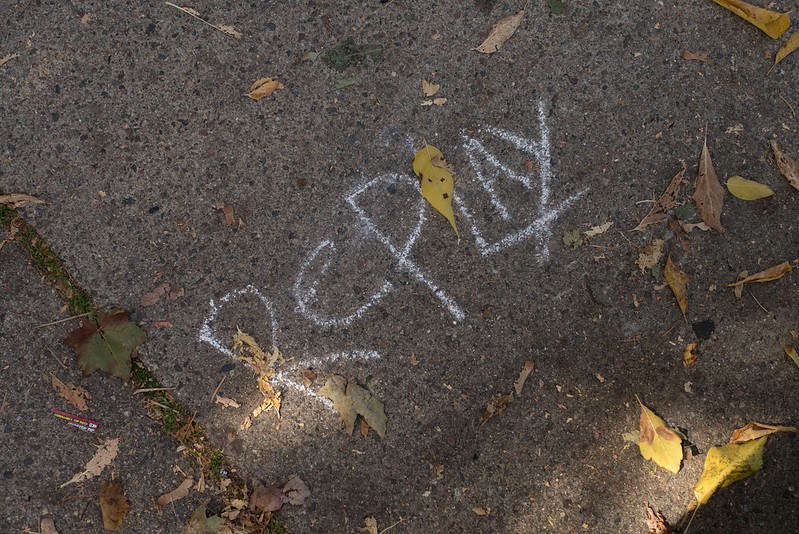Recording lectures and other synchronous sessions supports effective self-regulation of learning, offering clear benefits to all students. Recordings should primarily be seen – and described to students – as resources to supplement attendance at live sessions (on-site or online).
For Autumn 2021-22, recordings will also help support students with COVID-Related Authorised Absence.
Lecture capture is widely used as a term to describe the recording of live lectures. The recordings generated through lecture capture might be any combination of audio, video and screen capture (e.g. presentation slides). With the increased and continuing use of online lectures, lecture capture now encompasses recordings of scheduled Collaborate Ultra (& Teams) sessions.
Benefits to students
Lecture capture enables students to re-visit lecture material and the main benefits are centred around supporting ‘self-regulation’. See Lecture capture: Practical recommendations for students and instructors (Nordmann et al, 2018) for more on this. Lecture capture benefits include:
- Note-taking – students can refine and augment notes made during the live session.
- Understanding difficult concepts and complex language – recordings give students an opportunity to review and go more slowly through material.
- Flexibility – recordings can be re-visited at a time and place that suits students. There is a Panopto app for mobile devices too.
- Inclusivity – recordings are particularly useful to students whose first language is not English and for some disabled and neurodiverse students.
When & what to record?
Lecture capture, particularly recordings made in phyisical spaces, is only suitable for presentations and demonstrations. It shouldn’t be used to attempt to record seminar discussions or highly-interactive sessions.
Recordings should be made (or not) with the context in mind. Not all lectures will be suitable for recording. During a session, it may make sense to pause & re-start recordings.
Non-attendance
A reduction is student attendance is a common concern when introducing lecture capture. Most students recognise the benefits of attending live sessions, but it’s important to re-iterate it to all students.
The research on the impact on attendance is inconclusive, but not seen as significant. It is considered in Lecture Capture – What does recent literature say? (Technology Enhanced Learning at SHU) and in more detail in Turn up, tune in, don’t drop out (Nordmann et al, 2019).
Staff and Students’ Rights
The University is developing an educational video policy covering topics and concerns such as intellectual property, performance rights and copyright. The Educational Video Guidance Note, (November 2020), available on Teaching Online, provides interim guidance on these issues.
Staff should contact LCC Digital Learning if you have any questions.
How to record lectures
Recordings can be made in different ways in different locations. Lecture capture on-site is limited to the three Lecture Theatres or the loan of equipment from Learning Technology Support for use in other rooms.
All recordings are published using Panopto and made available to specific groups of students via Moodle.
- See How To Record for further details.
References
- Nordmann, E.et al (2018). Lecture capture: Practical recommendations for students and instructors https://doi.org/10.31234/osf.io/sd7u4
- Nordmann, E. et al (2019). Turn up, tune in, don’t drop out: the relationship between lecture attendance, use of lecture recordings, and achievement at different levels of study. Higher Education, 77 , 1065–1084. https://doi.org/10.1007/s10734-018-0320-8
- Technology Enhanced Learning at SHU, Lecture Capture – What does recent literature say? (Accessed 24/09/2021)
- Image credit: Replay by Pat Pilon (CC BY 2.0)

